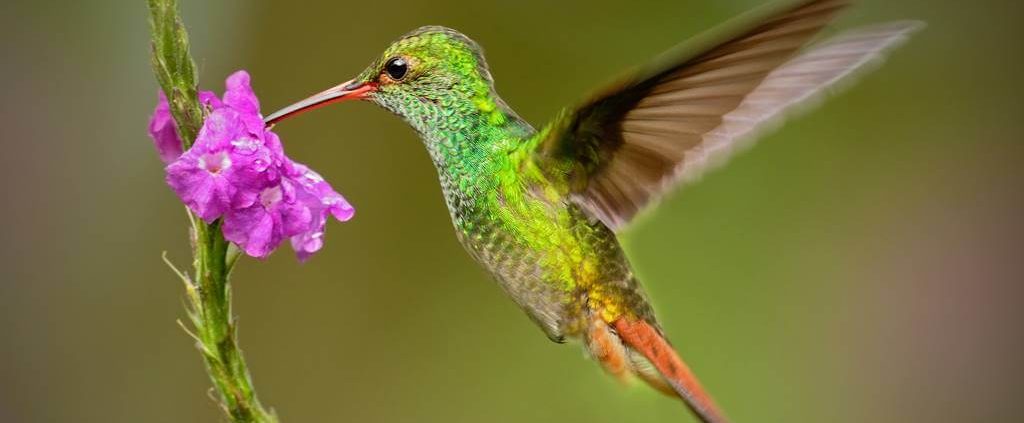ODB: What Remains in the Eye
December 29, 2017
READ: Psalm 104:24–35
How many are your works,
The hummingbird gets its English name from the hum made by its rapidly beating wings. In other languages, it is known as the “flower-kisser” (Portuguese) or “flying jewels” (Spanish). One of my favorite names for this bird is biulu, “what remains in the eye” (Mexican Zapotec). In other words, once you see a hummingbird, you’ll never forget it.
G. K. Chesterton wrote, “The world will never starve for want of wonders, but only for want of wonder.” The hummingbird is one of those wonders. What is so fascinating about these tiny creatures? Maybe it is their small size (averaging two to three inches) or the speed of their wings that can flap from 50 to 200 times per second.
We aren’t sure who wrote Psalm 104, but the psalmist was certainly captivated by nature’s beauty. After describing many of creation’s wonders, like the cedars of Lebanon and the wild donkeys, he sings, “May the
Nature has plenty of things that can remain in the eye because of their beauty and perfection. How can we meditate on them and please God? We can observe, rejoice, and thank God as we contemplate His works and recapture the wonder.
— Keila Ochoa
Father, help me to reflect on the wonders of nature and meditate on them with thankfulness for all You have done!
Wonder leads to gratitude.
Source: Our Daily Bread



